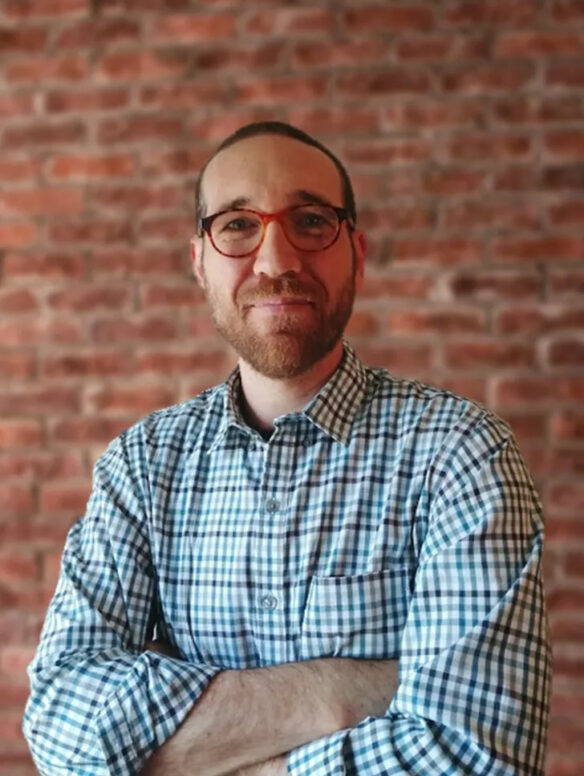
Michael Alsop
Note: This article previously appeared in Bluegrass Music News. It has been adapted and reproduced with permission.
The Kentucky Department of Education’s (KDE’s) vision for Kentuckians and their families in K-12 education rests upon three ideas: a vibrant student experience, innovation in our schools and collaboration with our communities. According to the KDE’s vision of United We Learn, vibrant student experiences “spark curiosity, motivation and engagement, while cultivating enthusiasm for lifelong learning,” and feature “more personalized education experiences, which recognize that each family has a unique story and ensure each student feels known, supported and challenged to succeed.”
A committee of more than two dozen educators from across the Commonwealth representing grades kindergarten through college and the disciplines of dance, media arts, music, theatre and visual arts has been tasked with reviewing and suggesting revisions to the Kentucky Academic Standards for Visual and Performing Arts. As part of the review process, committee members were recently asked to consider the question, “What are vibrant student experiences?” What follows is an elaboration on the ideas shared in that brainstorming session.
Engagement
Vibrant student experiences involve doing. They include hands-on, immersive activities that allow students opportunities to not just learn about concepts, but actually experience them. They feature group work and collaboration, emphasis on exploration, and efforts to extend skills and ideas. Metaphorically, and sometimes literally, they allow students to get their hands dirty in creative ways. When students are engaged and participate fully, they have increased attention and focus, greater investment in the process, and may even take leadership roles in learning.
Connections
Vibrant student experiences promote connections in learning. They link disciplines and content areas to advance holistic development. They build upon students’ prior knowledge, but also encourage further exploration and application. When students see connections between classroom content and the real world, they develop greater inspiration and passion for learning. They also cultivate skills for learning beyond the school day such as being able to make sense of and evaluate new information.
Critical Thinking
Vibrant student experiences spur thoughtful exploration in learning. They encourage students to evaluate feedback (both criticism and praise), think about their own thinking (i.e., metacognition), ask tough questions and examine topics from different perspectives. They require higher-order thinking skills and lead to deeper understandings. Students who practice critical thinking in school improve decision-making and problem-solving skills, and transfer learned skills to new applications.
Student Voices
Vibrant student experiences are personalized and promote student voices. They address individual needs, skills and interests through appropriate selection of class content and instructional methods. They incorporate student input on topics schoolwide (e.g., school leadership, culture, governing processes) and within the classroom (e.g., instructional materials, assignment formats, evaluation criteria). When students have opportunities to mold their own educational experiences, the results include heightened engagement, increased equity, enhanced learning experiences and improved mental health.
Student Showcases
Vibrant student experiences result in meaningful work. They provide opportunities to showcase student work for the school and community. These displays can be simple and small, such as exhibiting work in hallways and display cases, or they can be complex and broad, such as service-learning projects, concerts and contests, or sharing via technology and social media. Showcasing student work sends the message that their learning is important. It allows them to learn from one another and develop empathy.
Lasting Impressions
Vibrant student experiences are memorable. They are positive, unique, surprising, delightful, practical, purposeful and meaningful. They involve taking risks, making mistakes, overcoming challenges, lightbulb moments, laughter and personal revelations. When students experience memorable lessons, what is learned moves from short-term retention to long-term memory, impacting future learning.
Vibrant Student Experiences in the Arts
I believe most arts educators would argue that arts experiences in our schools generally meet these criteria. However, we must proceed with caution in assuming that these traits are naturally inherent in our classes.
Here are a few ideas for checking on the vibrancy of your classroom experiences. First, consider recording classes from various perspectives around the room. Review those recordings and tally the number of times students are not fully engaged, are asked to make connections between class content and other disciplines or the world outside of class, or are asked to think critically about the content. Second, consider anonymously surveying students about their perceptions of the class. If students are given the opportunity to express what they think and feel, and believe that their input will truly be appreciated, you may receive invaluable feedback. Third, consider seeking out the opinions of other stakeholders in your community, such as parents, administrators, or local university faculty. These individuals bring varied perspectives that may help you see the 30,000-foot view of your program and its role in the community. It is easy to get lost in the day-to-day minutiae of being an arts educator, or to lose sight of your personal philosophy, mission and values. A broader perspective may remind you that our goal is to inspire lifelong arts engagement, and evaluating the traits of our teaching and classroom environment can act as possible means to that end.
As educational leaders in Kentucky contemplate steps forward to enact a new vision for education, we have the opportunity in the arts to lead the way in ensuring all Kentucky children have regular access to vibrant student experiences. To do so, we must continue to contemplate what traits define vibrant student experiences, what they can look like in arts education, and strategies for ensuring their implementation.
Michael Alsop is an Assistant Professor and Coordinator of Music Education at the University of Louisville.


Leave A Comment